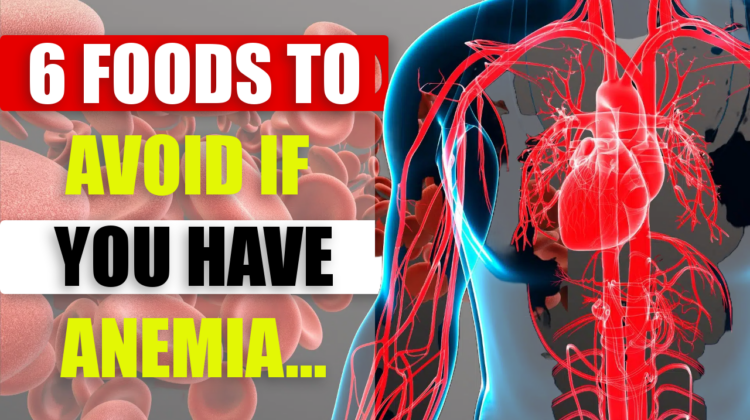
If you have anemia, it’s important to be cautious of certain foods that can hinder the absorption of iron in your body. Compounds found in these foods can bind with iron, limiting your body’s ability to absorb it from your diet. While these foods may be otherwise nutritious, it’s advisable to steer clear of them if you’re dealing with anemia.
Avoid Eating Calcium-Rich Foods And Iron-Rich Foods Together.
To maintain optimal bone health, your body requires calcium. However, if you’re anemic, it’s best to steer clear of consuming calcium-rich foods alongside iron-rich ones. Calcium has a tendency to bind with iron, hindering the body’s absorption of iron and potentially exacerbating your condition.
Despite this, it’s crucial not to entirely forgo calcium-rich foods, as calcium plays a vital role in bone health. Additionally, to enhance iron absorption, include vitamin C-rich foods in your diet along with iron-rich options.
Gluten-rich Foods.
If you’re diagnosed with celiac disease or have gluten intolerance, it’s crucial to completely eliminate gluten-containing foods from your diet. Gluten has the potential to damage the lining of the small intestine, impeding the absorption of iron from the foods you consume.
Common sources of gluten include grains like rye, wheat, and barley. Therefore, if you’re dealing with anemia, it’s advisable to steer clear of gluten-rich foods.
Tannin-Rich Foods.
Having a strong preference for tea or coffee when you’re anemic can hinder your recovery process. Tannins, known for their ability to impede iron absorption, pose a challenge in overcoming iron deficiency if you regularly consume foods containing them.
Tannins aren’t solely present in tea or coffee; they’re also found in grapes, sorghum, and corn. Furthermore, an excess of tannins can lead to digestive discomfort by elevating stomach acid levels.
Foods Rich In Oxalic Acid.
Another compound that can interfere with iron absorption is oxalic acid. Foods high in oxalic acid not only hinder iron absorption but also impede calcium absorption. If you’re receiving treatment for anemia, it’s advisable to steer clear of foods such as peanuts, spinach, parsley, pecans, and chocolate.
Foods Rich In Phytic Acid.
Phytic acid, also known as phytates, is known to hinder iron absorption by binding with iron in the digestive tract. Moreover, it reduces the absorption of other vital nutrients such as calcium, zinc, manganese, and copper.
Foods rich in fiber, such as yams, brown rice, nuts, legumes, and whole grains, typically contain phytic acid. However, refined versions of some of these foods, like white rice or white flour, contain lower levels of phytic acid as they lack the bran.
Red Wine.
Resveratrol, found in red wine, can interfere with iron absorption. It’s not only red wine that poses this issue; berries such as blueberries, raspberries, and mulberries also contain resveratrol. However, if you’re fond of wine, white wine can be a preferable option as it doesn’t present this challenge to iron absorption in your body.
To boost your body’s iron levels, incorporate iron-rich foods into your diet and pair them with vitamin C-rich foods such as oranges, strawberries, or lime. If despite these efforts you find it challenging to meet your iron needs through diet alone, it’s advisable to seek guidance from your doctor regarding iron supplements or other treatment options.